Common names: Whin, gorse, furze or simply ‘bush’ are common names used for this wild, native shrub. In a mild winter, some of the bushes begin to flower early, and others follow on to flower in spring and even early summer. The spring show colour on gorse is exceptionally good this year, and if it were not so common by roadsides and field hedgerows, it would surely be a candidate for garden use.
Botanical name: The botanical name is Ulex europaeus. The only version that is seen in gardens is the double-flowered gorse, Ulex europaeus ‘Flore Pleno’. This has ‘double’ flowers which give a very full look on the branches and this variety flowers in April. The ordinary wild gorse sheds a lot of seeds and it would not be a good choice for the garden, though the seedlings usually come up when the parent is removed and are not difficult to deal with in any case.
The double-flowered kind is sterile and does not produce seeds, but it is far from commonly grown. Even though it carries more flowers than the wild species, it lacks the grace of the wild plants. All forms of Ulex are members of the pea family as can be seen by examining the flowers.
Garden use
When gorse appears in gardens as a weed, it is not a persistent weed. It generally only appears when a bit of dry land is cleared to make a new site. The seed is usually present where old gorse plants grew. For new gardens the sight of masses of gorse seedlings coming up in a new lawn can be worrying but gorse seedlings do not stand up to the lawnmower for very long and eventually disappear.
In flower beds and shrub borders, it is best if the ‘flush’ of seedlings is allowed to come up, and be killed off by hoeing or scuffling before planting. But there is no reason not to allow some ‘wild’ gorse to become established on dry banks or on boundary ditches at the outer boundaries of a garden — it can look very well in that semi-wild role.
Gorse alternatives
Although the common gorse flowers very little in late summer and autumn, the related autumn gorse or dwarf gorse, Ulex gallii, fills the late summer and early autumn flowering slot. This plant is often taken to be simply a small plant of the common gorse but it is a separate species, permanently low-growing, with more slender spiny leaves. It looks very well in the countryside along with heathers — the yellow flowers of the autumn gorse setting off the heather’s purple.
The Spanish gorse, Genista hispanica, is a close relative of the gorse but a much better behaved plant for gardens. While the common gorse can grow quite large, the Spanish gorse forms a neat low, rounded bush.
The tip of every shoot — and it has thorns on the older parts of the branches — carries a bunch of bright yellow gorse-like flowers. It looks great tumbling over a rock, flowering in June.
People love tulips for this time of year, and tulips have an exceptional range of colours, sizes and shapes of flowers. They are hugely popular for these reasons but the occasional complaint is heard: tulips do not last in the ground in the same manner as daffodils. The reason is simple. Tulips are native to dry land around the Caspian sea and Turkey, by contrast with daffodils which are native to damper, cooler soil.
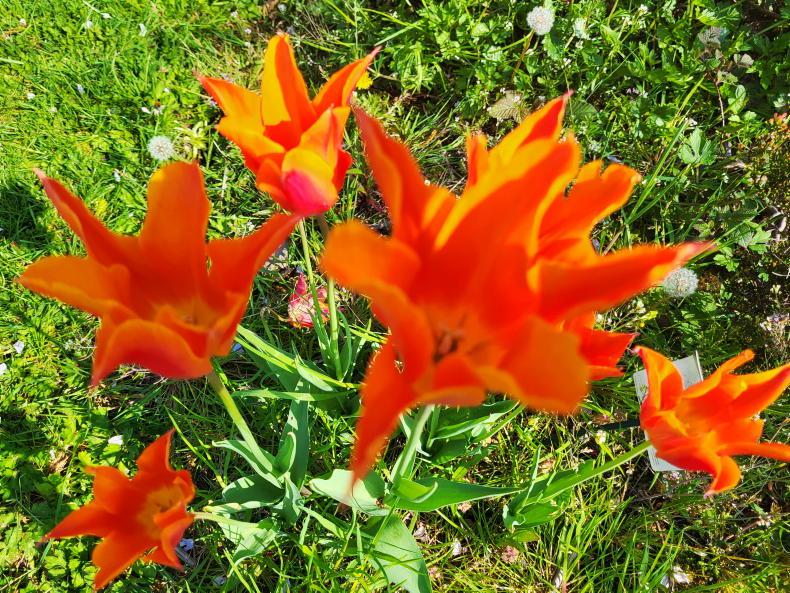
Try improving drainage under tulips, when planting by placing up to 10cm of coarse sand or light gravel. This can be placed as a layer underneath the bulbs or mixed into the bottom of the planting hole. Varieties of tulips noted for their repeat flowering are Ballerina, Apeldoorn, Queen of Night. Apart from avoiding wet ground, make sure all get plenty of sunshine.
Fruit, vegetables and herbs
Make repeat sowings of lettuce, salad onions, radish and peas. Thin out vegetables that have reached a suitable size. Sow cabbage and cauliflower for autumn and winter. In mild districts, plant out tender vegetables such as sweetcorn and runner beans.
Lawns
Lawn growth has picked up after a slow spring and it is unlikely to need feeding. Carry out any lawn repairs or over-sowing soon before the soil dries out again and the opportunity is lost. Cut the edges around flower beds or borders, before the grass gets long.
Trees, shrubs and roses
Check that young trees and shrubs are not suffering from drought as young plants may not have rooted properly. Tie in the new shoots of climbing roses so that they will be in the correct position for training later. Continue to spray susceptible roses against disease.
Flowers
Bedding plants should be planted out in the coming two weeks or so, or now in a favoured locality in the south of the country. Dahlias and gladiolus can be planted out where they are to flower. Dahlias are attacked by slugs as the shoots come through the soil.
Greenhouse and house plant
Plant out rooted cuttings. Plant out tomatoes, chilli peppers, cucumbers and sweet peppers as soon as space becomes available in the greenhouse. Feed greenhouse plants strongly now to get good growth before midsummer and water well. Repot house plants now.




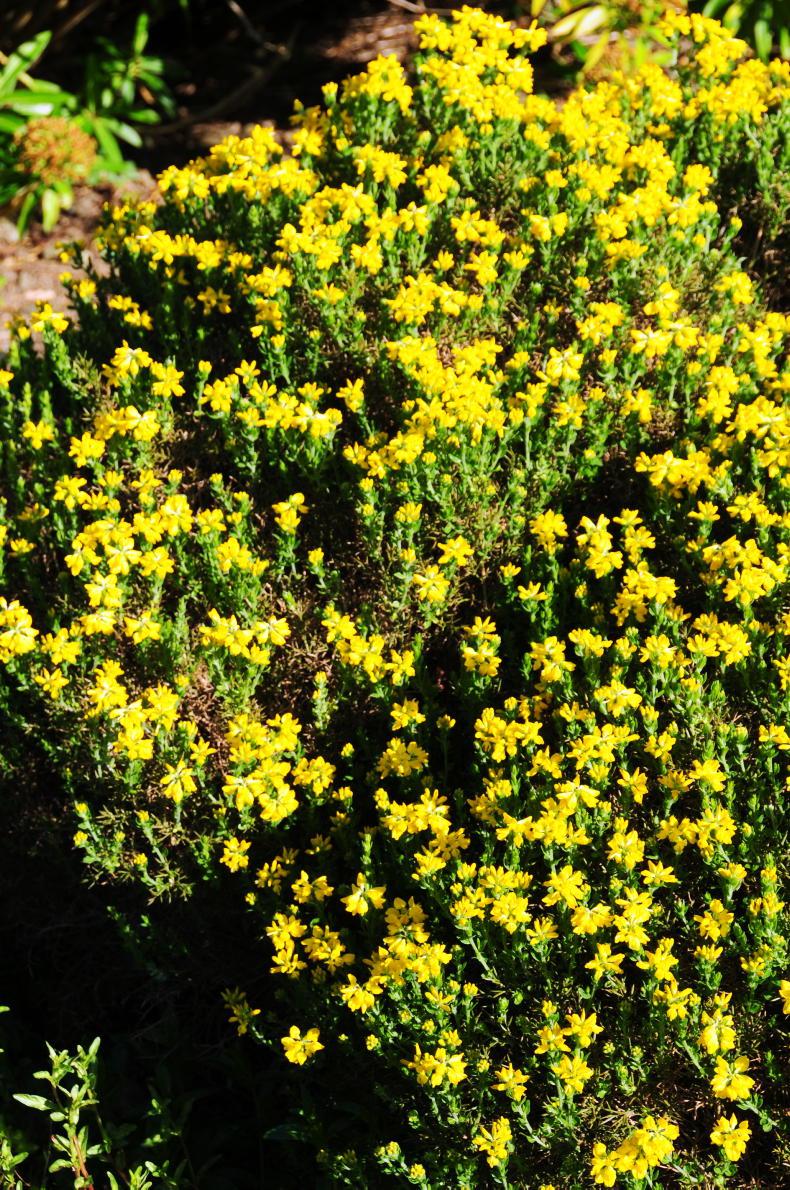
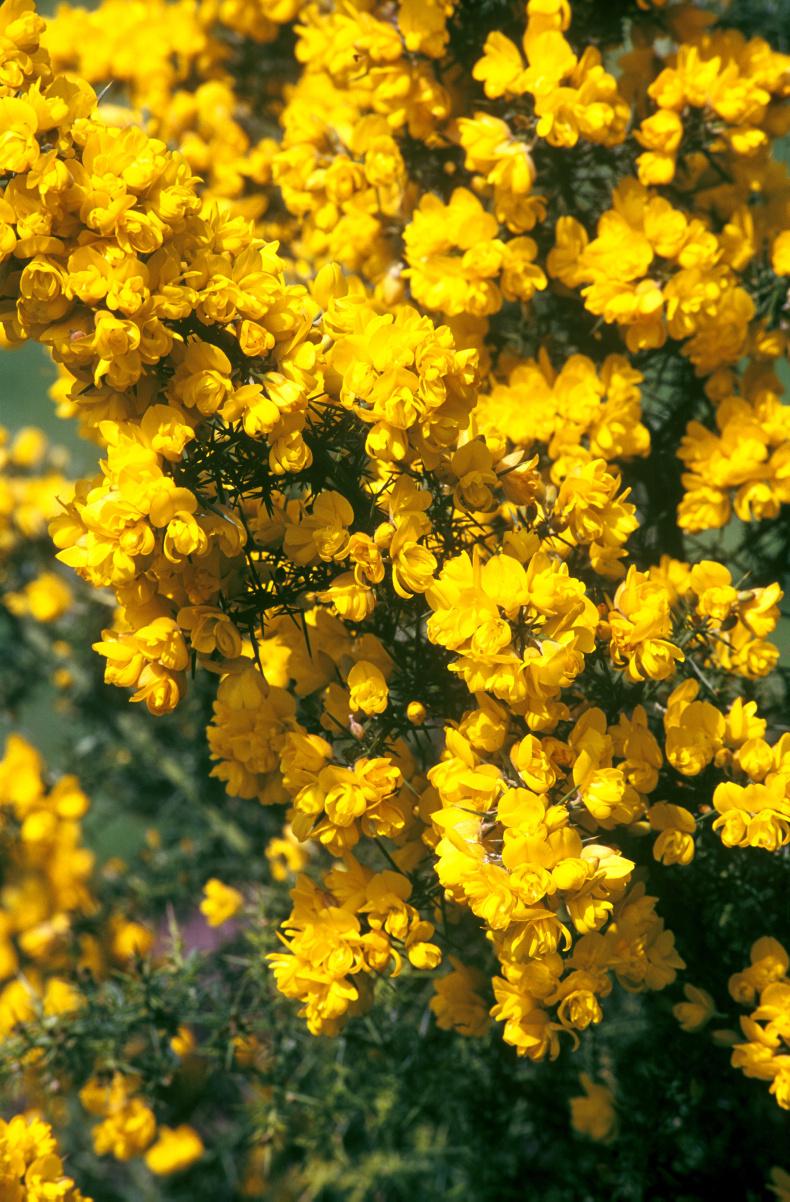

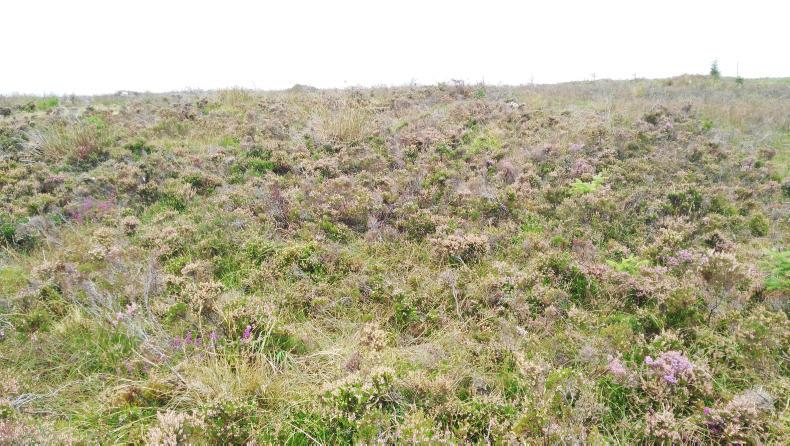
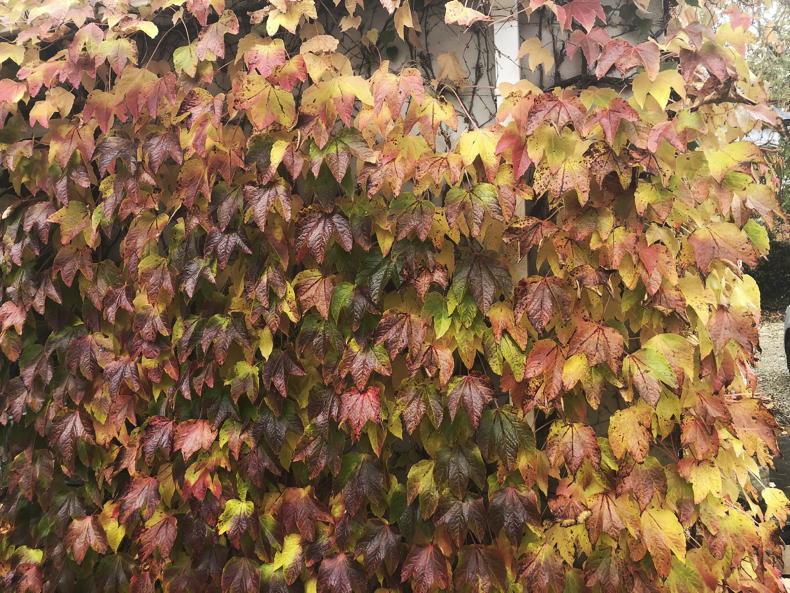
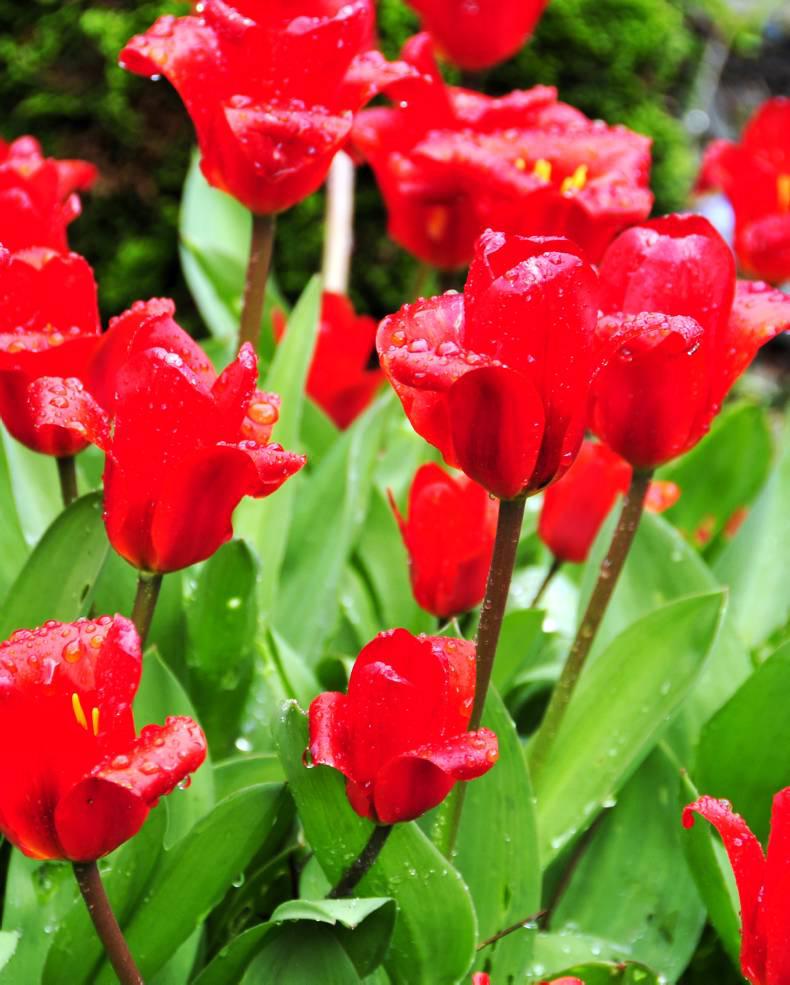
SHARING OPTIONS